
While it's no secret that old windows and creaky doors can let cold drafts into your home, what's less obvious are those sneaky spots where they hide in your home – such as electrical outlets, attic hatches, and baseboard trim, for example.
Luckily, these drafty spots can be fixed quickly and easily, and just in time for holiday hosting, HVAC experts assure us.
Here, they share their DIY draft-proofing tips for a cozy, comfortable home that welcomes guests.
7 Sneaky Ways Drafts Hide in Your Home
1. Gaps Under Interior Doors
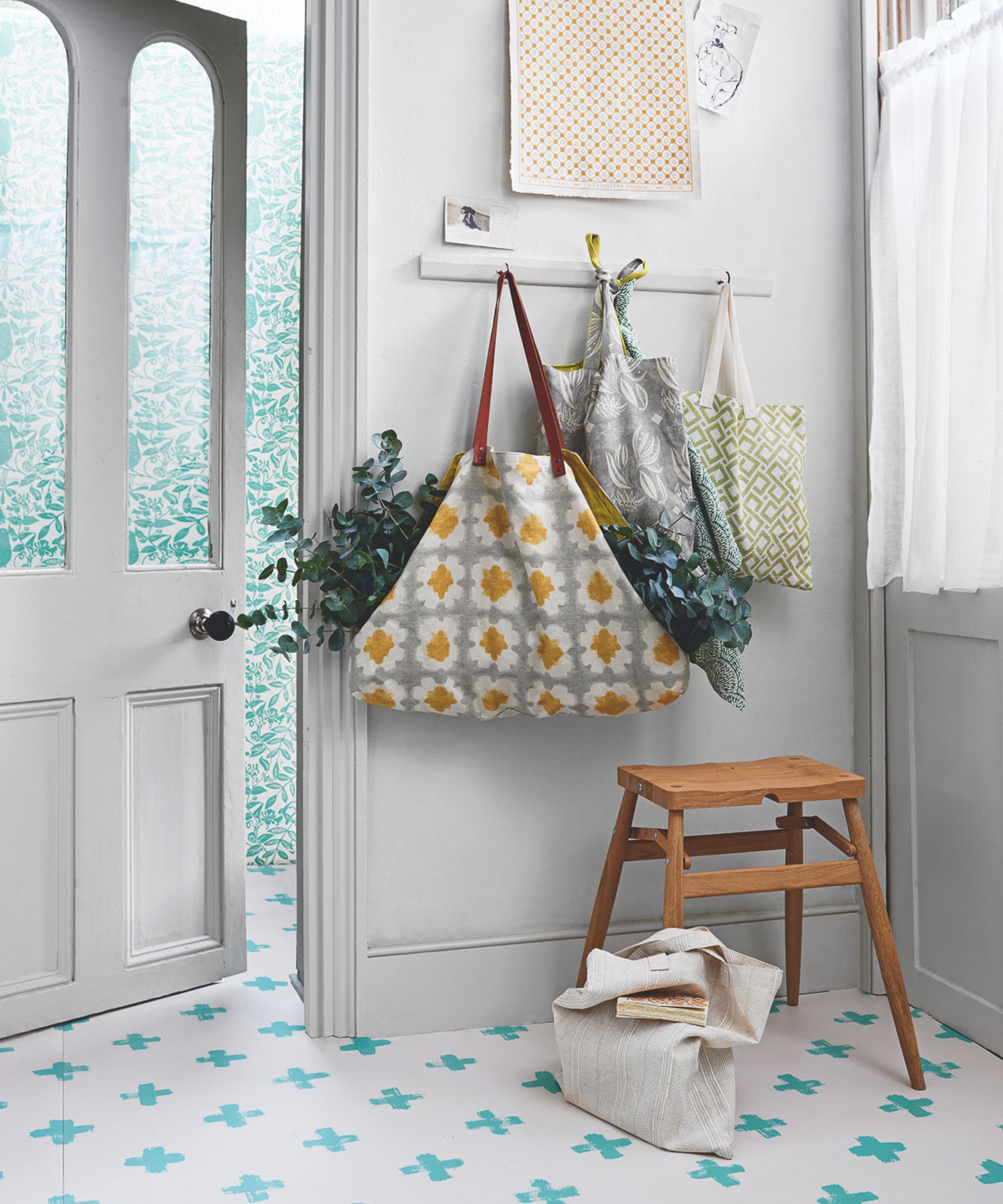
One of the most common, sneaky ways drafts make their way into your home, explains Josh Mitchell, founder of AirConditionerLab, is under interior doors.
'Even if the front door is sealed, cold air can creep under interior doors and travel through the house,' he explains. 'I recommend using a double-sided door draft stopper to block both sides at once, such as the Holikme Door Draft Stopper available at Amazon. You don't need tools to install it, and it moves with the door.'
You can also use weatherstripping tape to fix a drafty door. We recommend this Door Weather Stripping, also available at Amazon.
2. Electrical Outlets and Light Switches
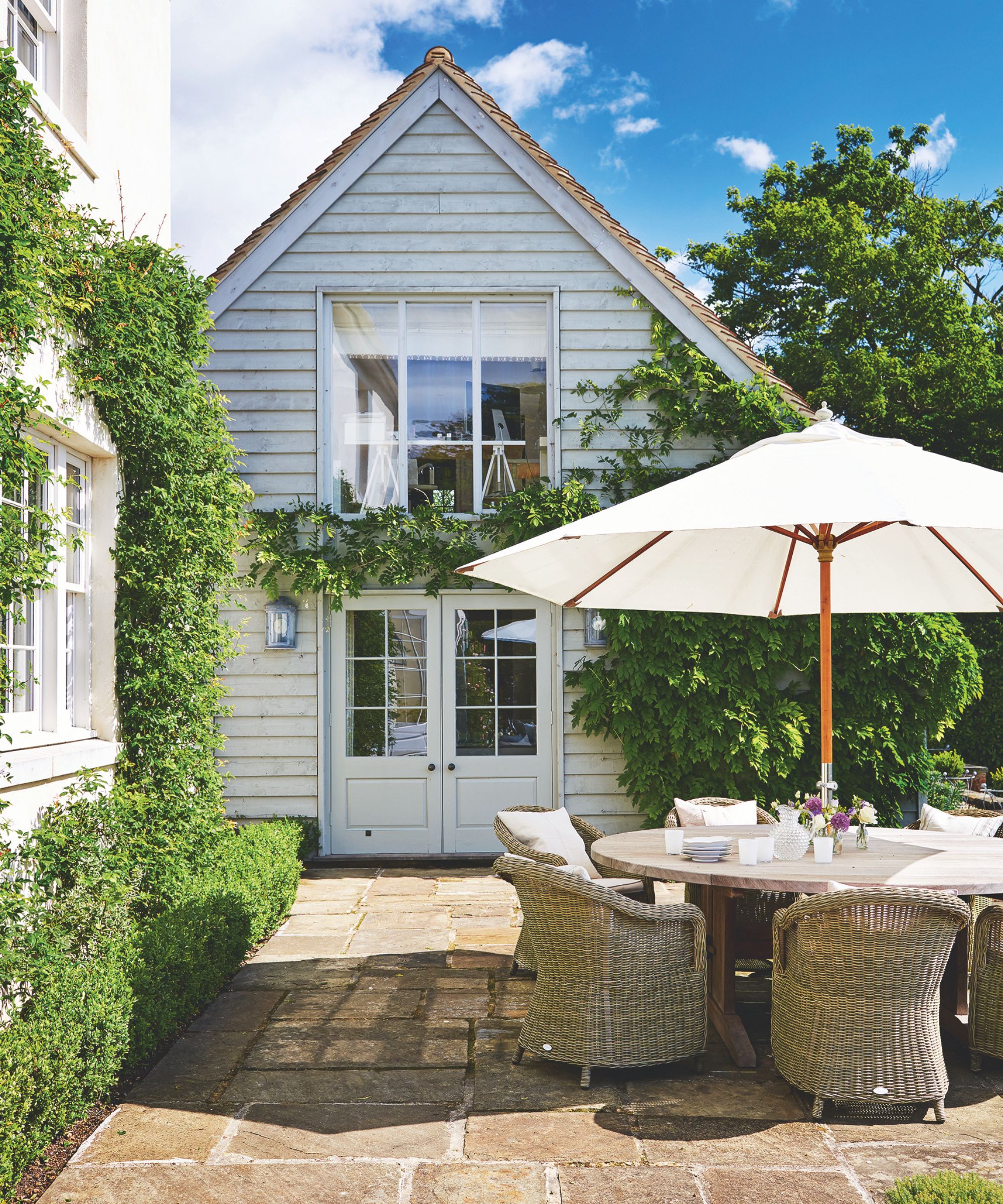
Another common spot, adds Josh, where drafts make their way into your home is through your backyard lighting ideas and outdoor lighting ideas – namely, electrical outlets and light switches on exterior walls.
'Cold air can leak through outlet boxes, especially on exterior walls,' he says. 'A socket seal kit adds a foam layer behind the cover plate, and cuts down the draft.' For this, Josh recommends the Frost King Foam Outlet and Switch Sealers, available at Amazon.
Alternatively, adds Jordan Benjamin, president at Done Rite Services, you can also use caulking to seal off electrical outlets, such as the bestselling GE Silicone 1 All Purpose Sealant Window & Door, available at Walmart.
3. Recessed Lighting
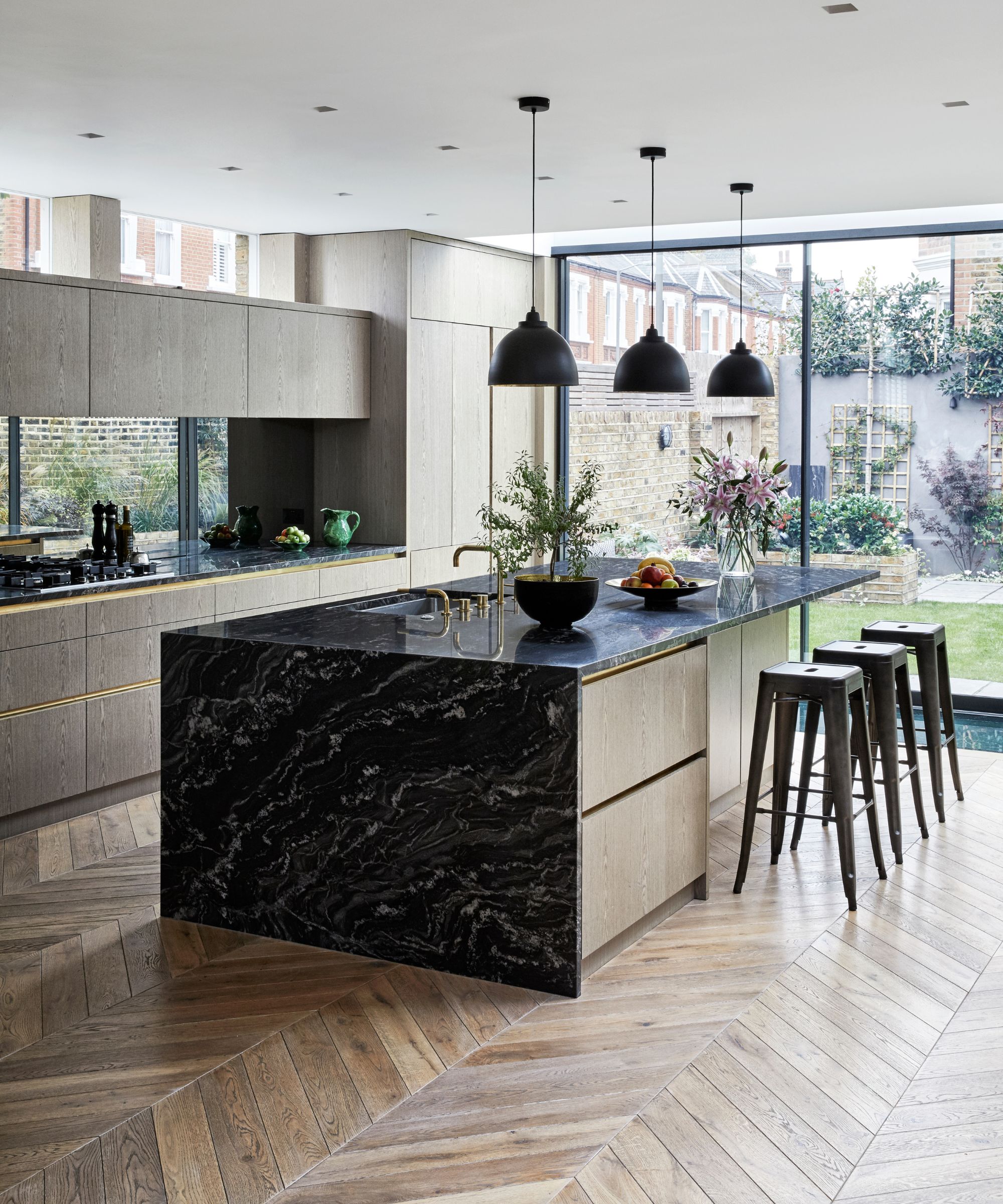
Speaking of lighting, Rich White, director of technical franchise support at USA Insulation, highlights that recessed lighting is often open to the attic space, and therefore notoriously drafty.
'A simple fix for do-it-yourself homeowners can be LED inserts,' he suggests. 'They help seal around the light minimizing drafts, and can be more energy efficient, and burn cooler, than traditional bulbs. They can be found at any home improvement store and online, such as the Sunco LED Can Lights available at Amazon.'
Interestingly, Charlotte Olby, our Style & Trends Editor here at Homes & Gardens has found herself regretting this practical kitchen lighting idea altogether, as she's found they can lack warmth and character, so that's something to consider if you're currently in the process of a home renovation, and are tempted to use them as part of your lighting ideas.
4. Old or Uninsulated Attic Hatches
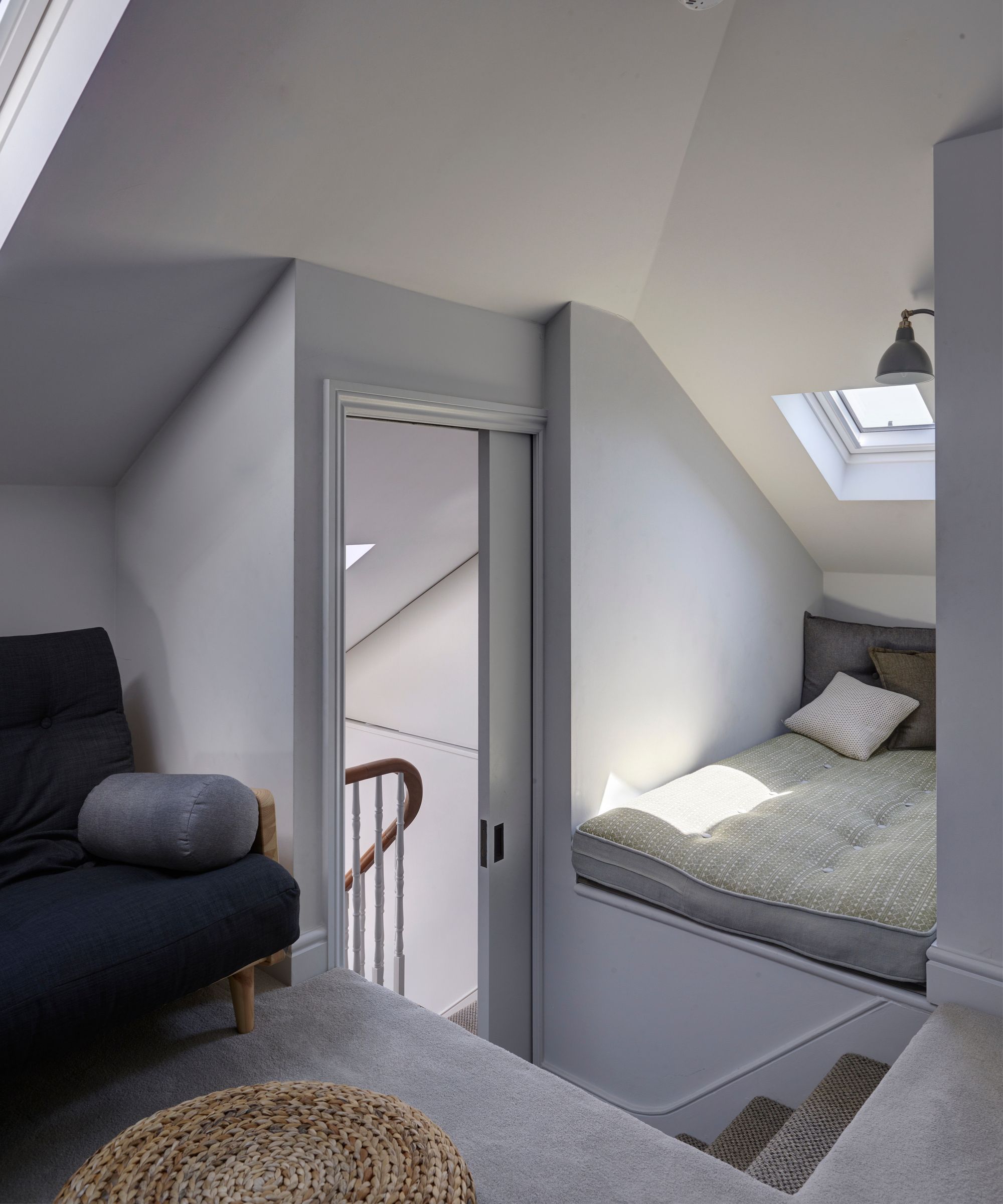
As TJ Laury, president at Ben's ProServ, advises, you may also have a leak in your attic, which can leave you struggling to keep your home warm all day, and keep your house warm without turning up the heat.
'Warm air rises and naturally escapes through the ceiling or attic, which can pull cold air in at lower levels, a phenomenon called the "stack effect,"' he explains. 'But if there is a leak, the warm air is escaping, leaving your home cold.
'Inspect the attic access, hatch, and insulation. Make sure the attic floor is well-insulated and gaps are sealed. Seal penetrations like pipes, wires, and light fixtures in the attic floor so warm air cannot escape upwards. Also, make sure attic vents are functioning properly, but are sealed where needed to stop uncontrolled airflow. Plugging obvious holes will make a noticeable difference.'
Josh adds that you can also use an attic insulation cover, available at Amazon, 'to keep warm air from rising and escaping.'
5. Vents in Unused Rooms
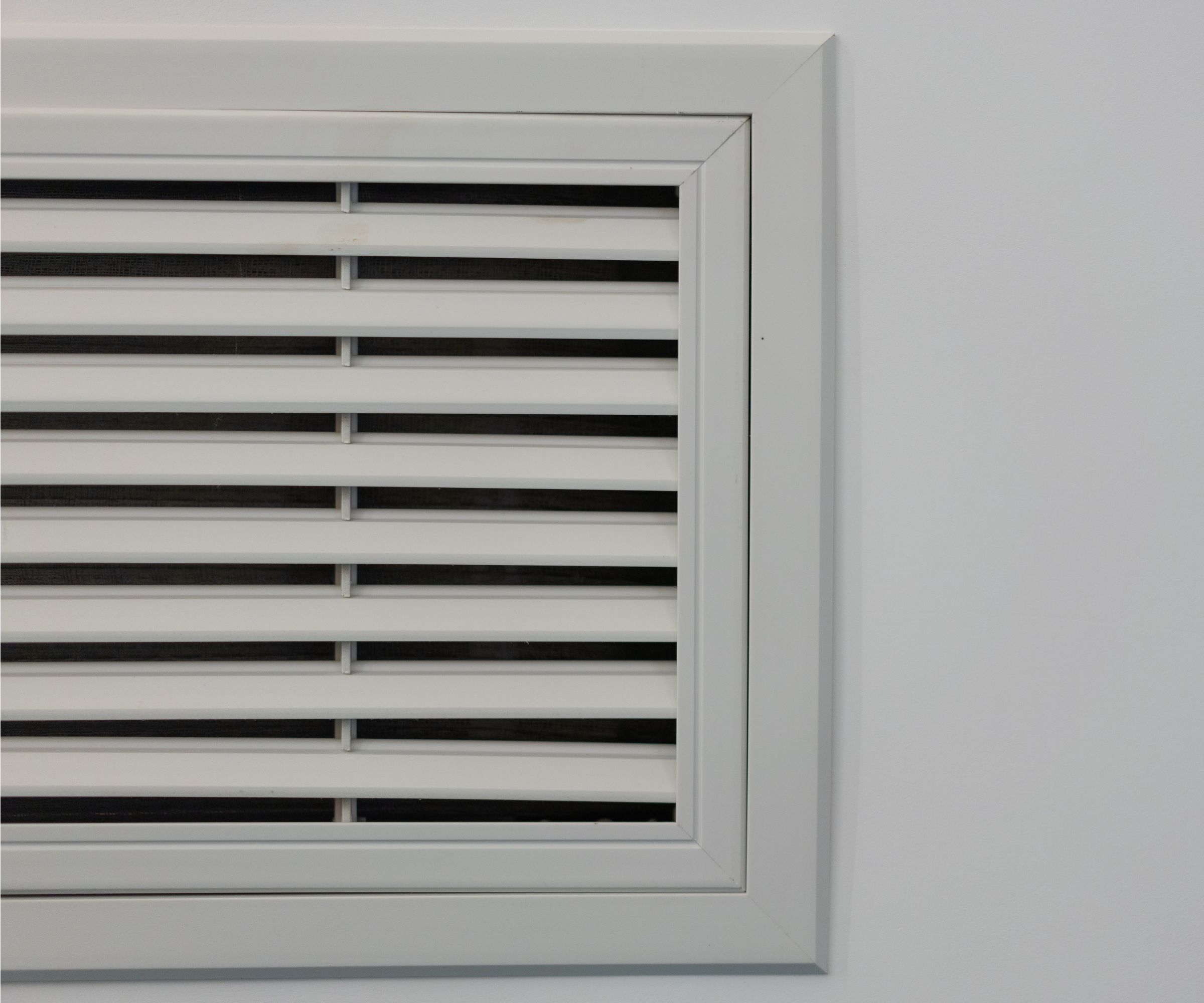
'If you’re not using a guest room or storage space, magnetic vent covers, available at Amazon, help stop warm air from going where it’s not needed,' advises Josh. 'These also reduce whistling or noise from the vents.'
This is a useful tip if you're draft-proofing a bathroom space, which tends to be well ventilated. The same applies when it comes to draft-proofing a basement.
This is important as, while it might seem counterintuitive, HVAC pros say that it's not advisable to close vents in unused rooms, as this will force your heating system to work harder, and is a heating system mistake that can drive up your energy bills.
6. Closets and Cabinets
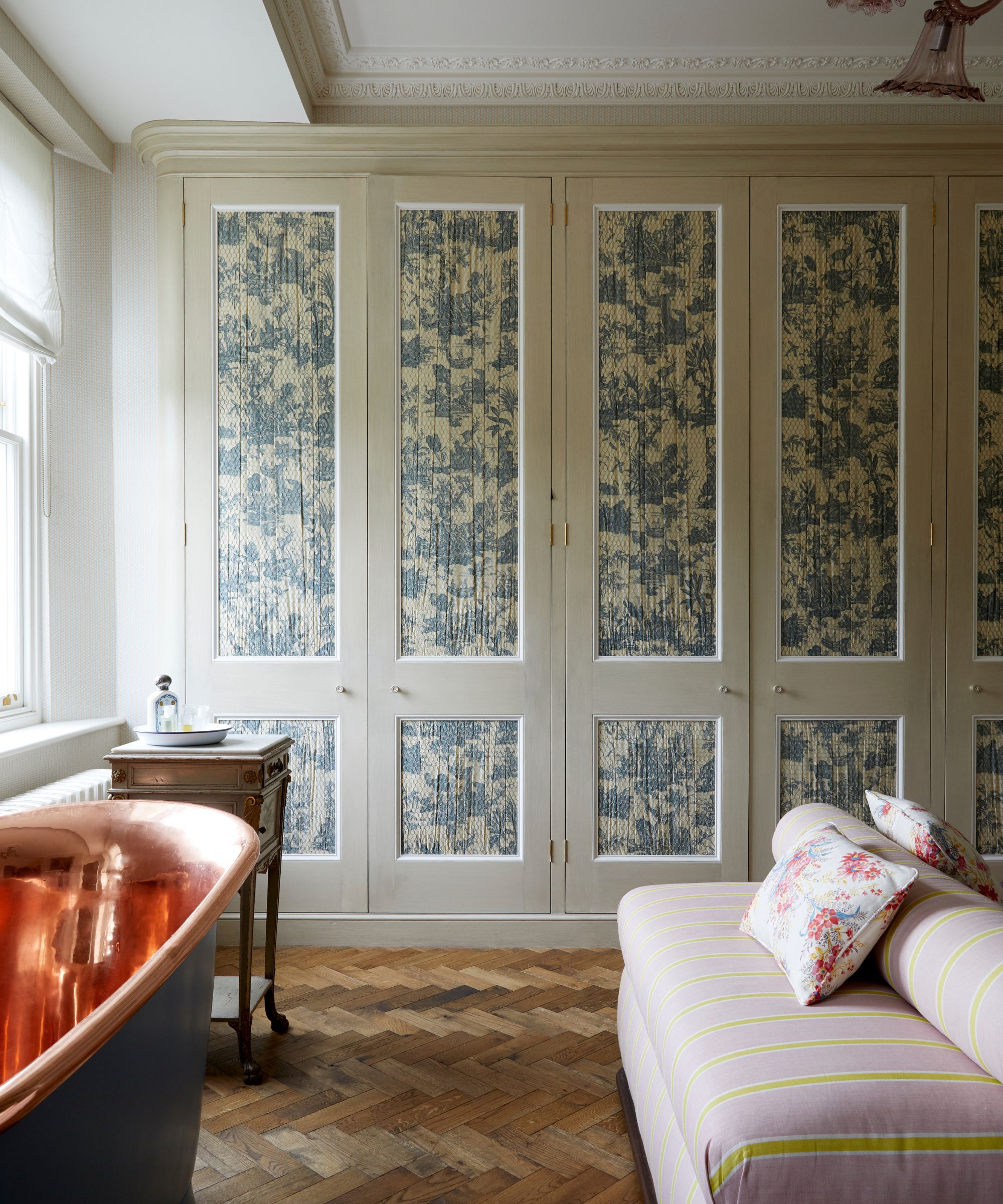
Built-in cabinet ideas and closets look stylish and bespoke, but, Rich warns, 'If a homeowner has closets on the exterior walls of their home, these closets can often feel drafty.
'This is due to no heat source within the closets, and they can get very cold when closed off from the conditioned space. A simple, inexpensive solution is to leave the doors ajar. Other options include using louvered doors or installing through-the-wall vents.
'The same phenomenon as the closets also happens in cabinets,' which, in some instances, can even lead to frozen or burst pipes under the sink. Leaving the doors ajar allows the cabinets to reach the same temperature as the living space, making them less drafty,' continues Rich. 'Did you know, in older style cabinets, they had louvers modeled into cabinets for this very reason?'
If yours don't have them, you can purchase a Heavy Duty Stainless Steel Louvers Hardware Kit at Amazon.
7. Baseboard Trim
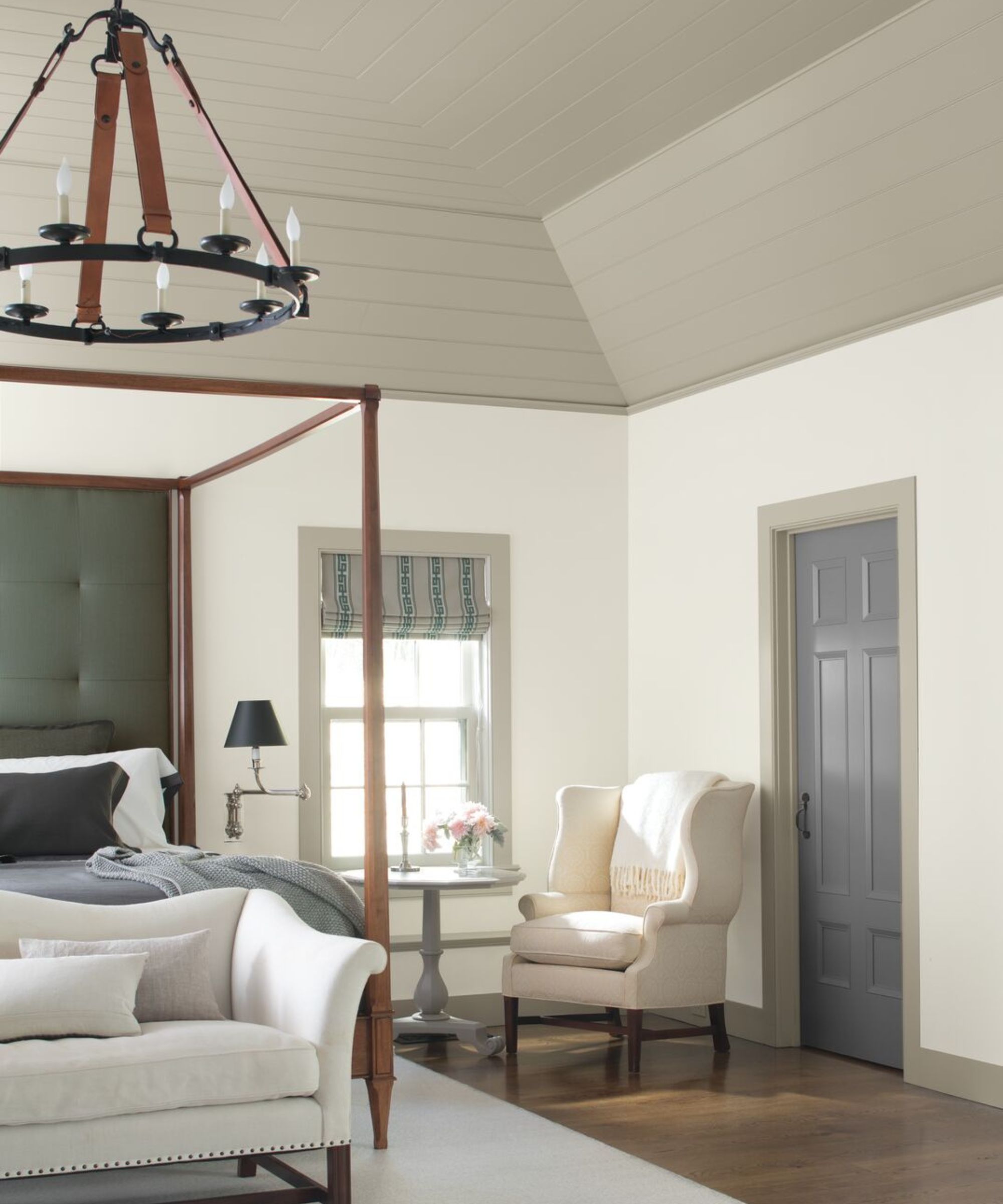
Finally, adds Josh, 'Old trim can pull away from the wall and let in cold air. A self-adhesive caulk strip, such as the Mokani Caulk Tape available at Amazon, can be a quick cosmetic fix if full re-caulking isn't needed yet.'
What to Shop
All prices were correct at the time of publication.
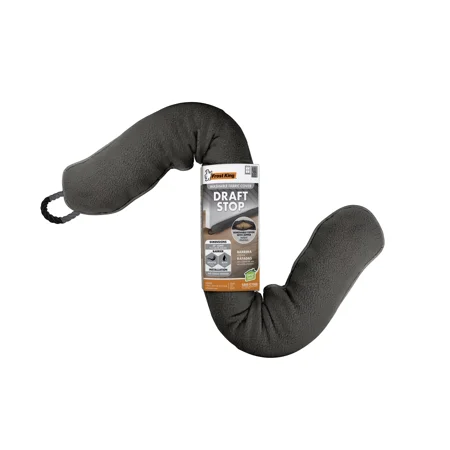
This draft stopper can be used on windows and doors, and effectively stops unfriendly drafts and wind noise.
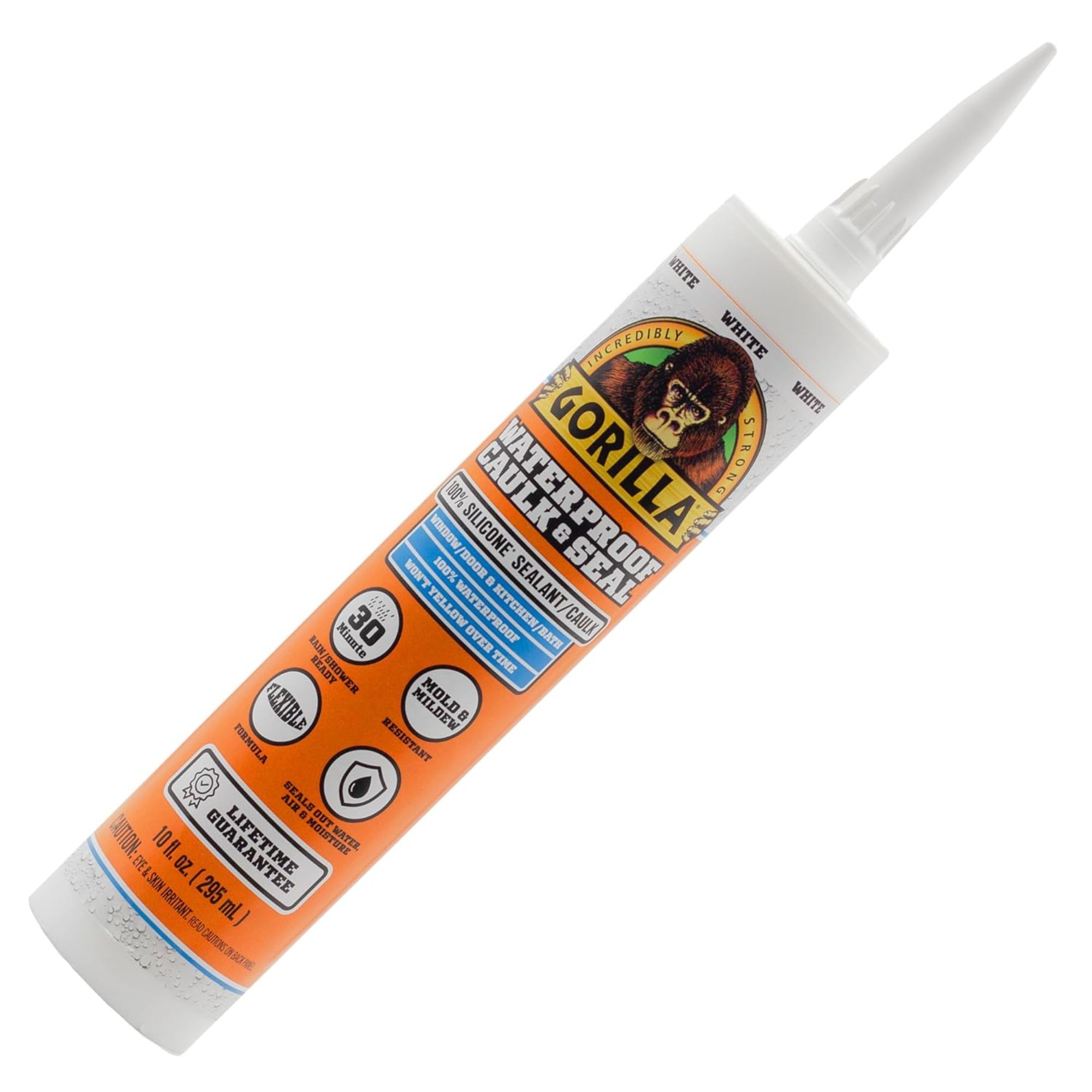
This silicone sealant is ready for water exposure in as little as 30 minutes, and won't yellow, shrink, or crack over time.

These socket sealers help to improve energy efficiency with a universal fit that's effortlessly easy to install.
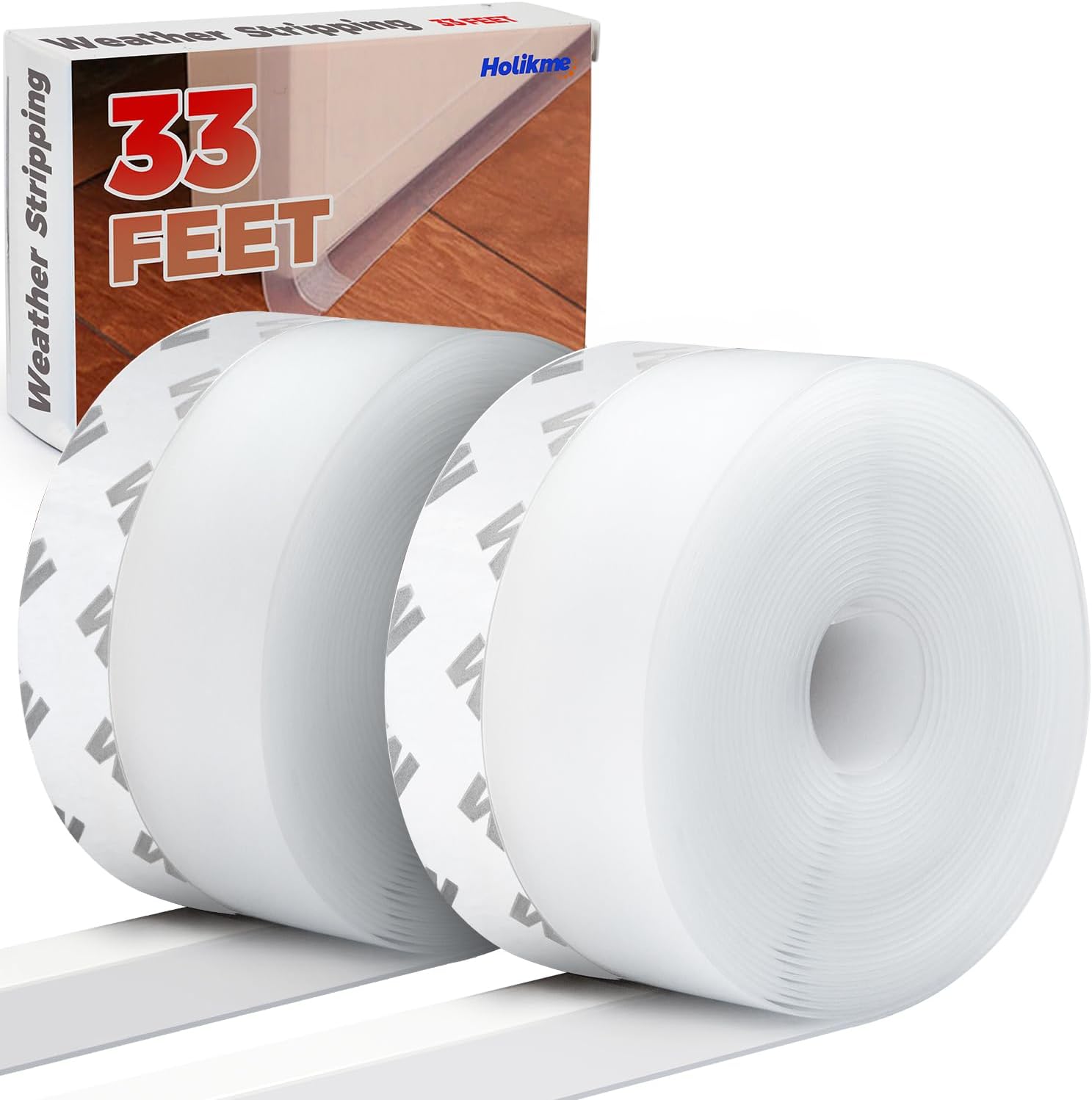
This weather stripping is non-toxic and easy to cut and install, to help stop drafts and save energy.
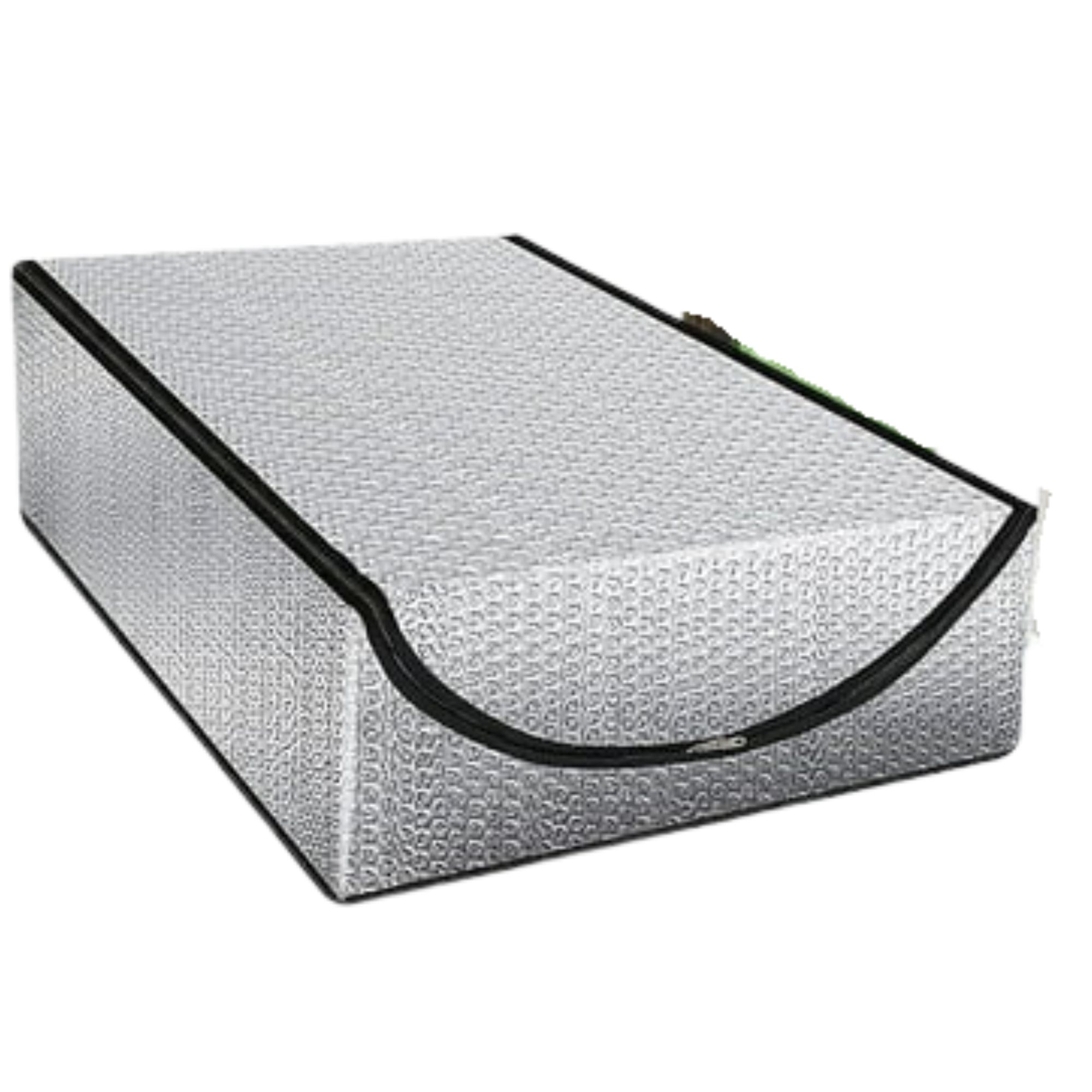
This attic door insulation cover is fire and moisture-proof and sturdy. It works to effectively control temperatures in both summer and winter.
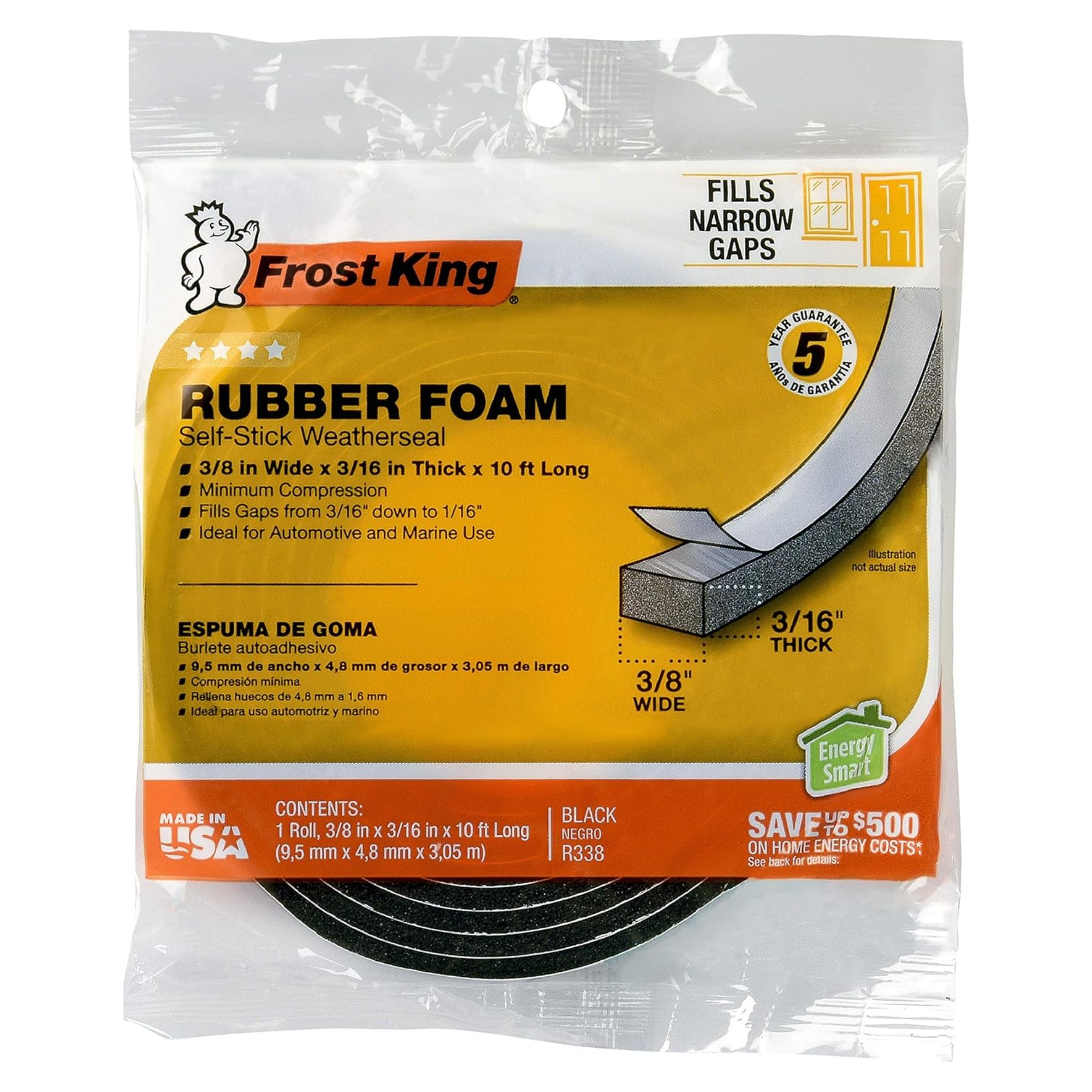
This self-stick weather seal fills narrow gaps and is available in nine different sizes to cut and install.
Meet the Experts
'If you're prepping your home for holiday guests, these small fixes can add up fast,' says Josh. 'They don’t take much time, but they make the space feel warmer and more sealed up without touching your HVAC settings.'
You can also use rugs to stop drafts, or try this quick, chic curtain trick to stop drafts instantly.







